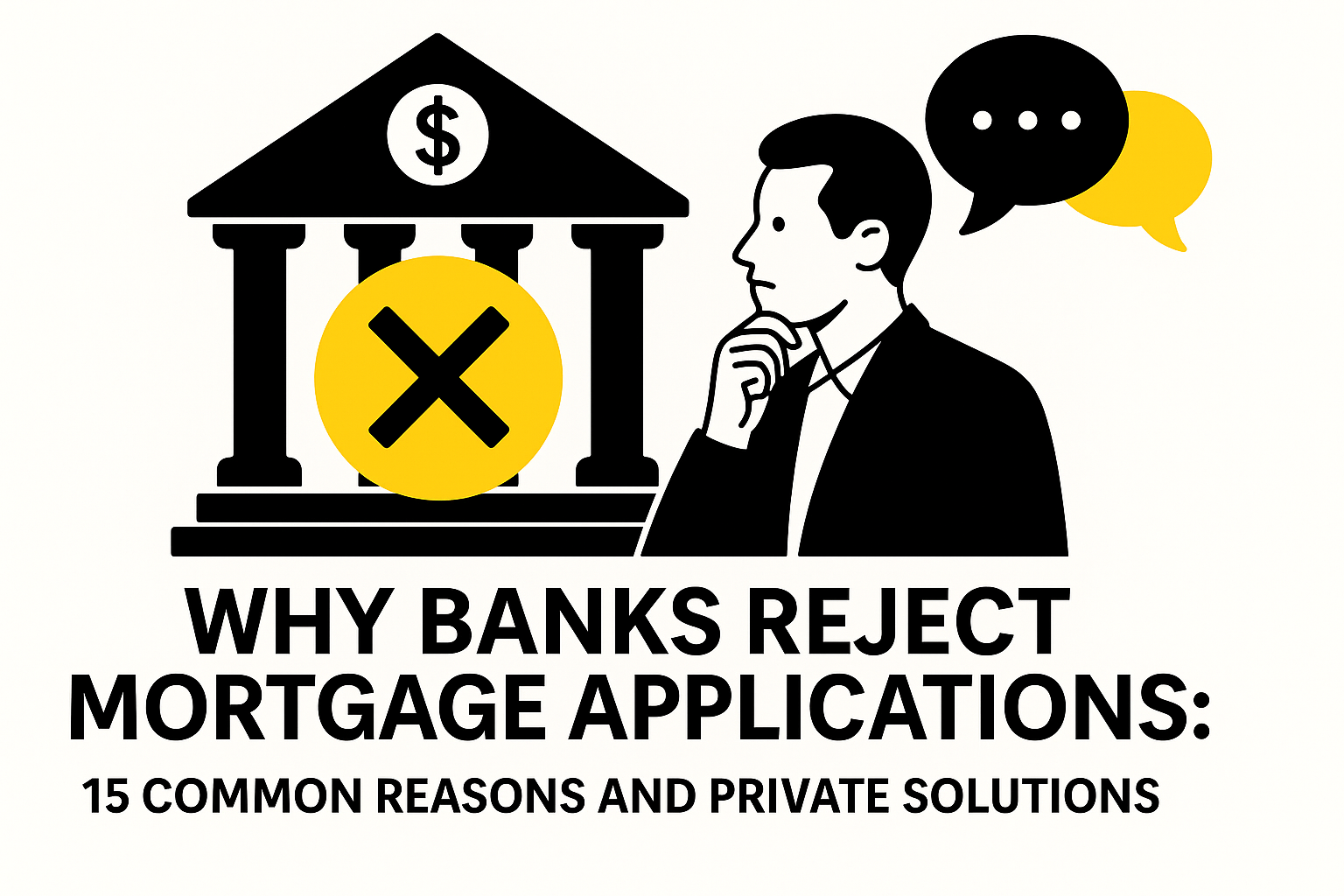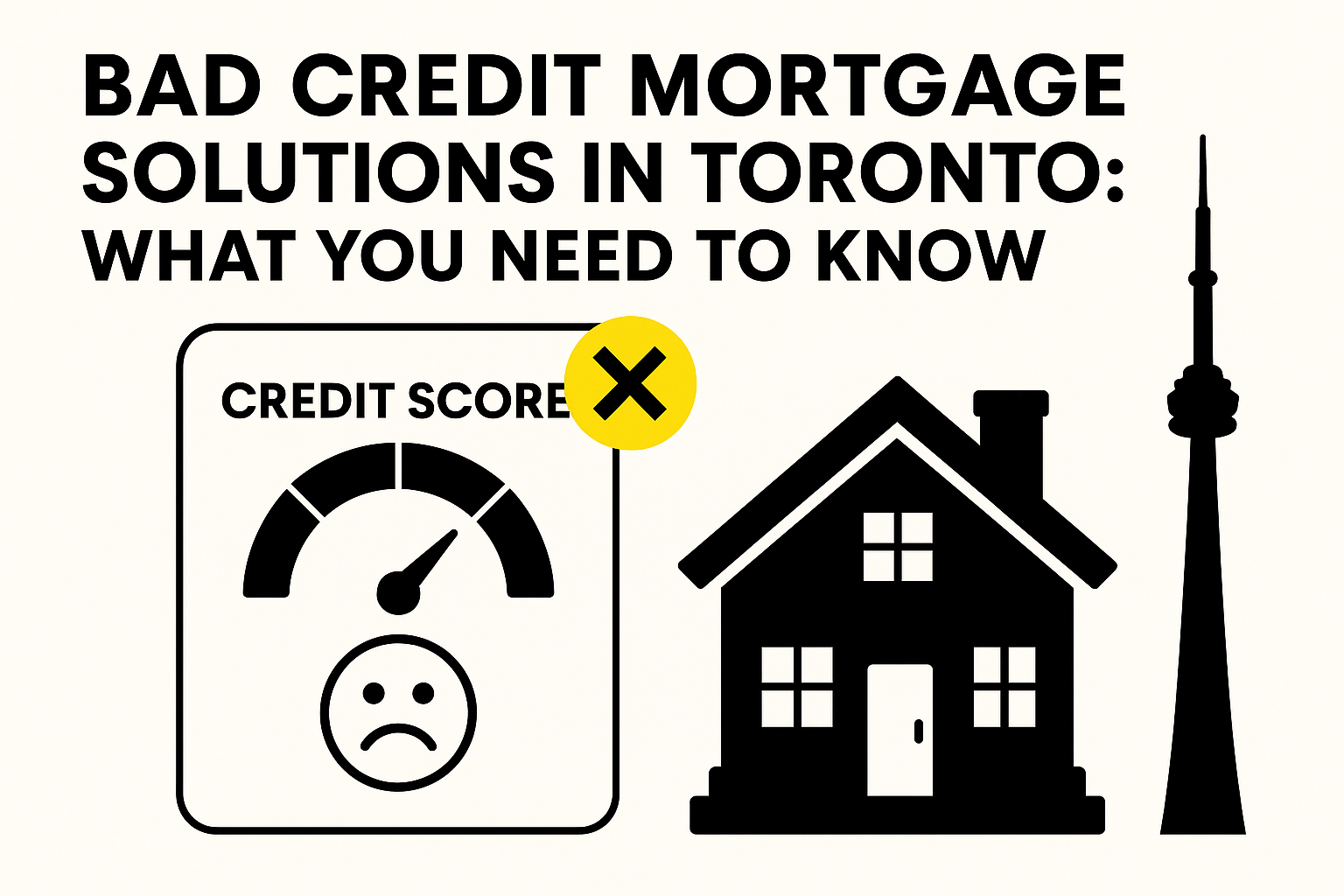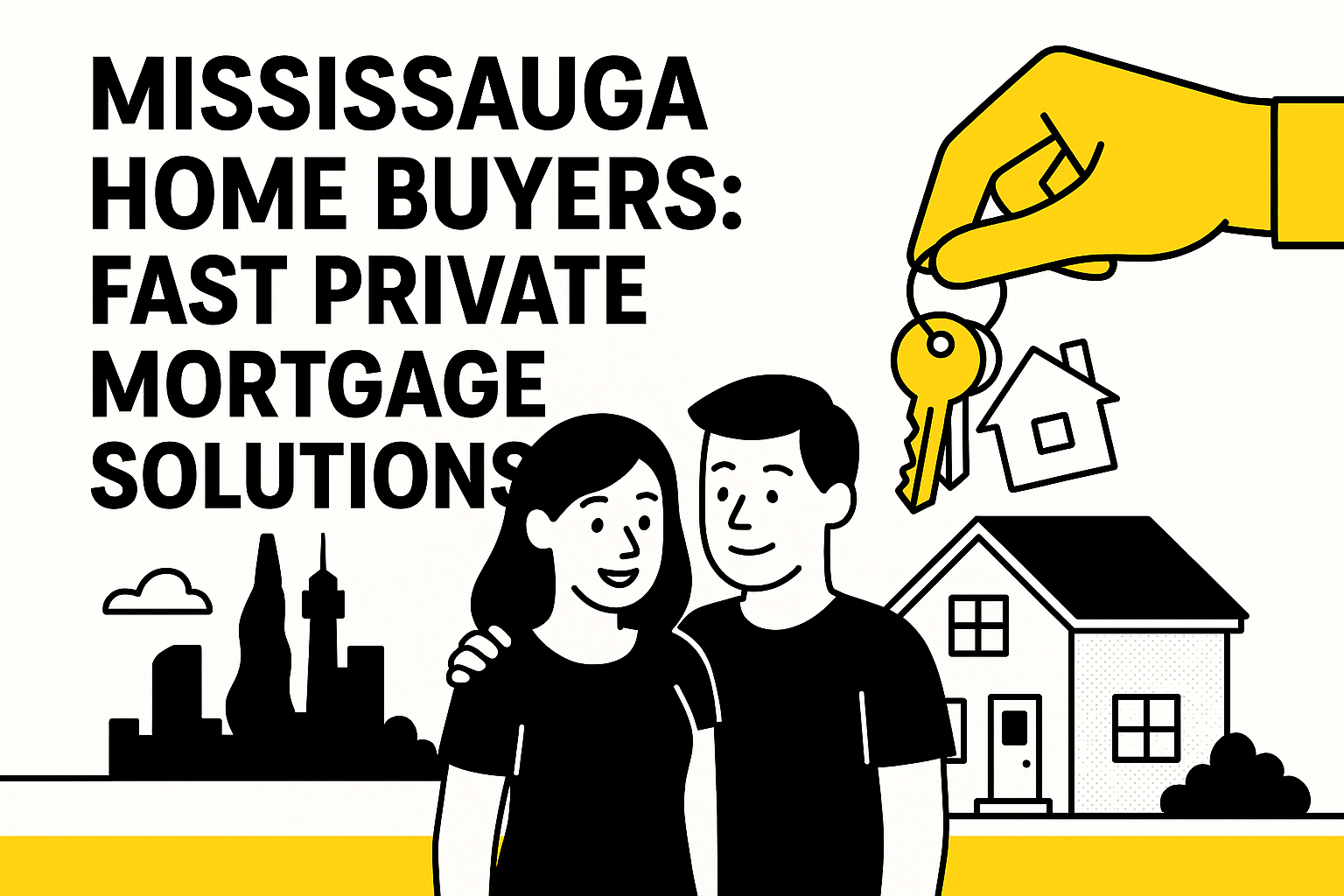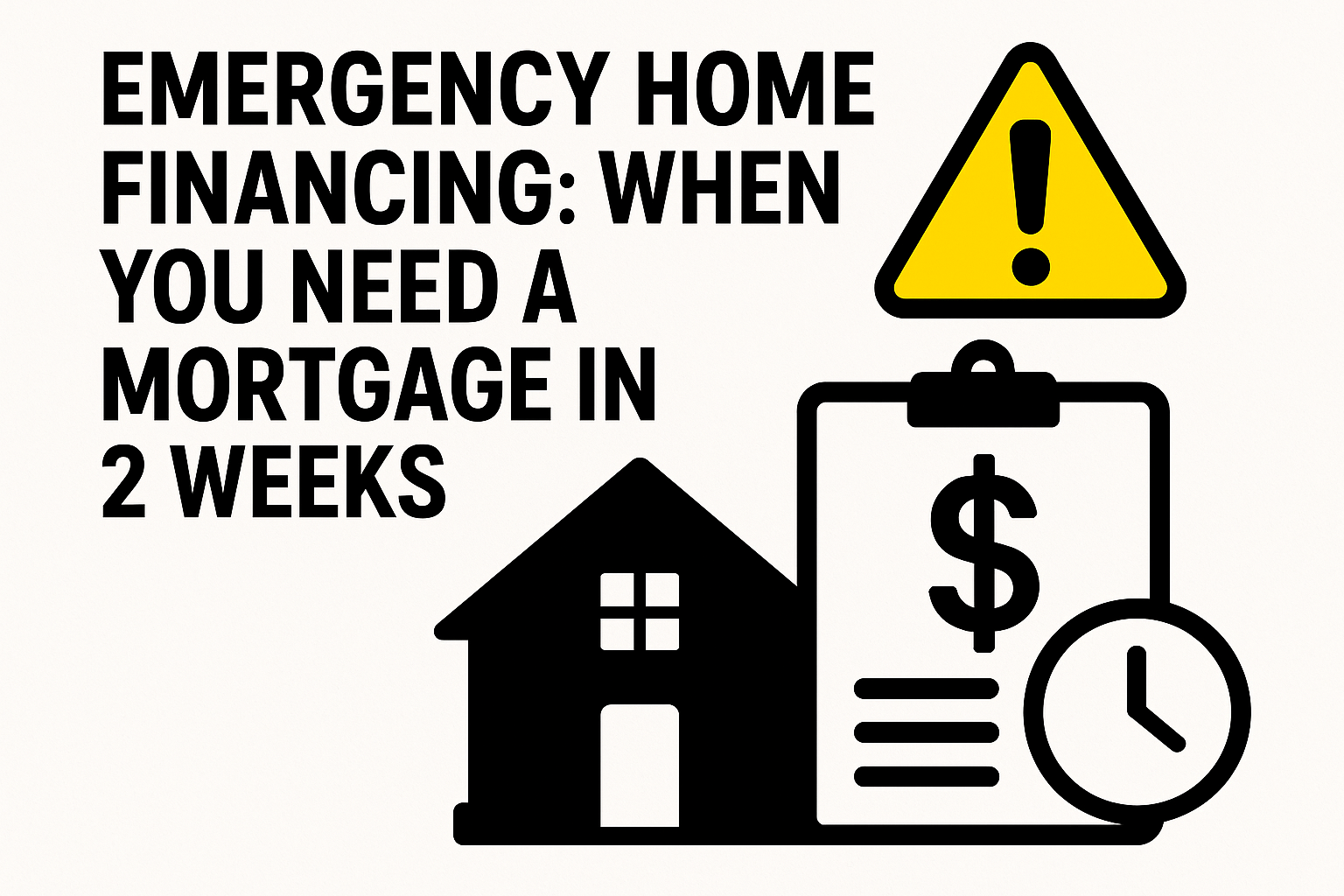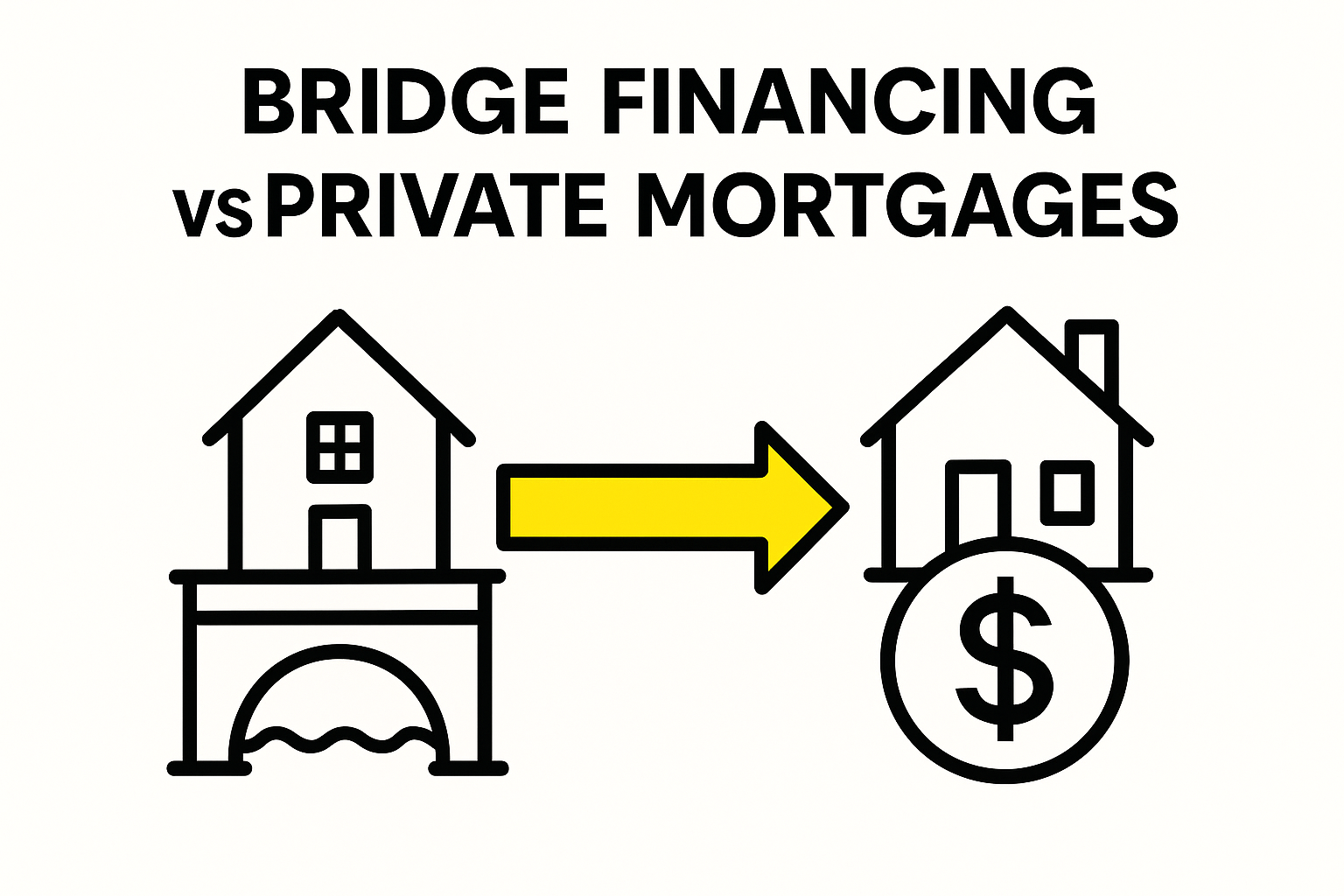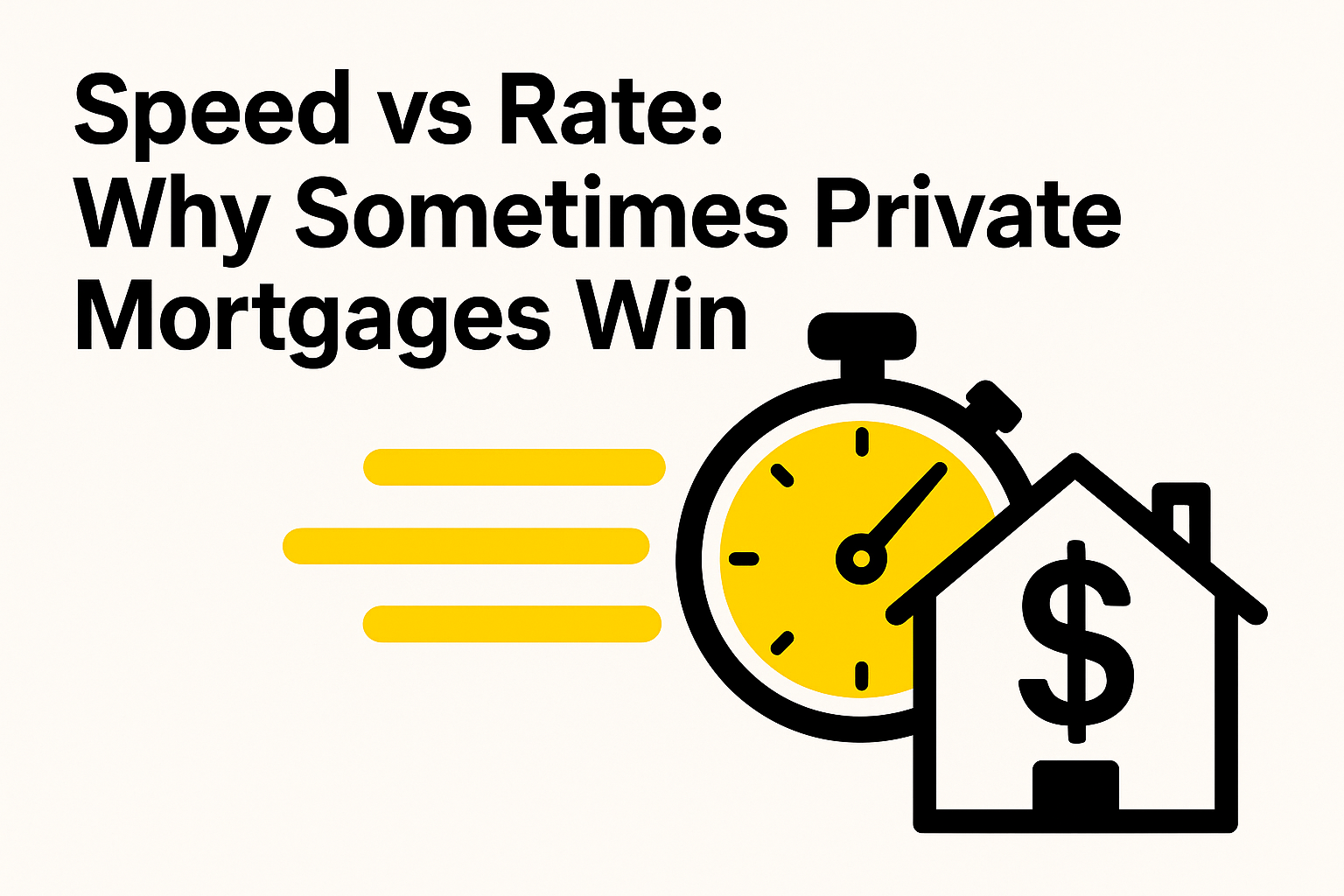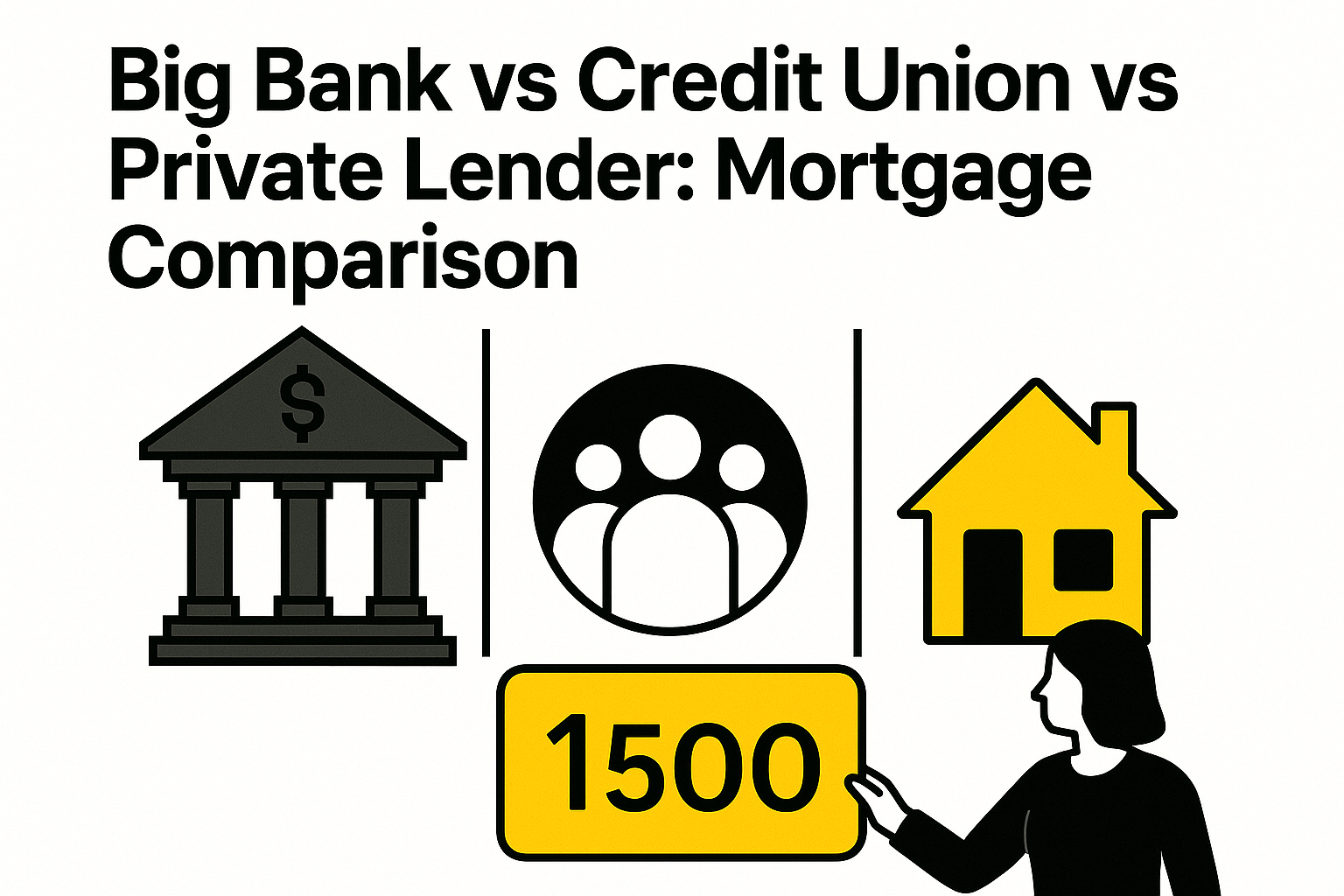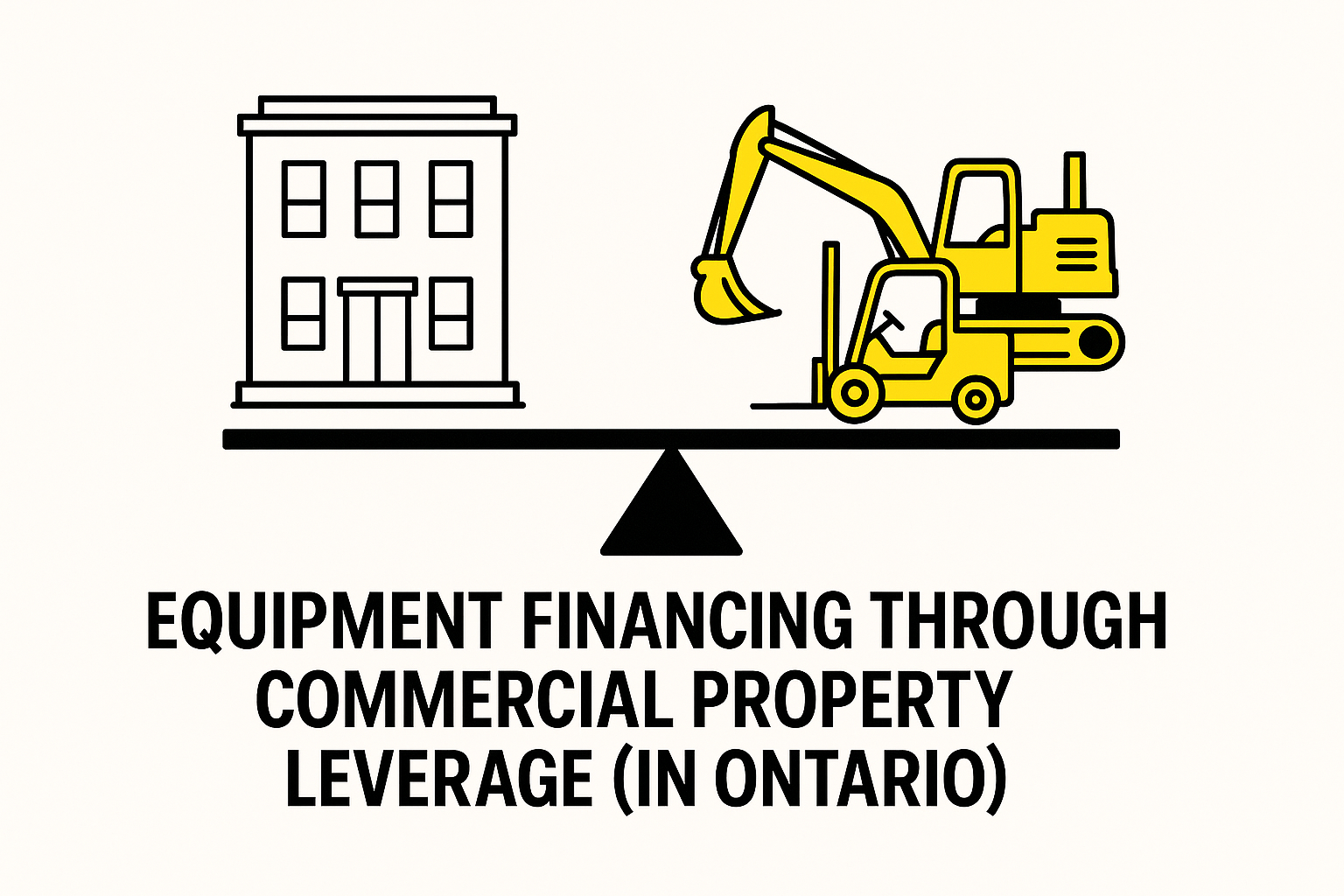Imagine you’re pre-approved for a $600,000 mortgage with excellent credit and stable income, then watch that approval evaporate two weeks before closing because the bank’s algorithm flagged your Uber side hustle as “irregular employment.” Or picture discovering that your dream home’s 1960s foundation, perfectly solid but not conforming to today’s lending standards, automatically disqualifies you from traditional financing despite having 25% down payment ready. These hypothetical scenarios reflect the harsh reality thousands of Canadian borrowers face monthly as banks tighten lending criteria in ways that catch even excellent candidates completely off guard. What should be routine approvals become devastating rejections that threaten closing dates and shatter homeownership dreams.
The mortgage rejection epidemic has reached crisis proportions, with banks declining applications that would have sailed through approval just five years ago using algorithmic decision-making that treats every deviation from narrow criteria as unacceptable risk. Traditional lenders now operate with zero tolerance for complexity, nuance, or real-world financial situations that don’t fit their rigid templates. But here’s what bank advisors rarely mention during those uncomfortable rejection conversations: private lending solutions exist for virtually every common rejection reason, often providing faster approval, more flexible terms, and better service than the institutions that just turned you down. Understanding why banks reject applications and how private lenders evaluate differently isn’t just helpful knowledge – it’s essential for navigating today’s fractured lending landscape.
Income and Employment Related Rejections
Self-Employment Income Banks Don’t Understand
Self-employed borrowers face the highest rejection rates in Canadian mortgage lending, despite often earning significantly more than traditional employees. Banks require two years of tax returns showing consistent income, but self-employment income naturally fluctuates and includes legitimate business deductions that reduce reported earnings.
The catch-22 is brutal: successful business owners optimize their tax situations by minimizing reported income, then get punished by banks who base lending decisions on those same optimized tax returns. A contractor earning $150,000 annually might show $80,000 in net income after business expenses, failing bank qualification despite obvious ability to service mortgage payments.
Banks also struggle with seasonal businesses, commission-based earnings, and income that includes non-traditional sources like rental properties or investment returns. Their algorithms can’t accommodate the reality of modern entrepreneurial income streams.
Contract Work and Gig Economy Challenges
The gig economy has created millions of jobs that banks simply don’t understand how to evaluate. Uber drivers, freelance consultants, contract professionals, and platform-based workers often have excellent earnings but irregular employment structures that terrify traditional lenders.
Banks want permanent employment with guaranteed salaries, but the modern economy increasingly relies on flexible work arrangements that provide income security through diversification rather than single-employer dependence.
Even highly skilled professionals working on contract – IT consultants, engineers, healthcare workers – face rejection because their employment doesn’t fit traditional banking templates, regardless of their expertise, earnings, or employment security.
Recent Employment Changes That Trigger Declines
Job changes within two years of mortgage application often trigger automatic rejections, even when the change represents career advancement or increased income. Banks interpret any employment transition as instability, regardless of circumstances.
This particularly affects professionals who switch companies for promotions, consultants who start their own practices, or employees who transition to contract work. The irony is that many employment changes reflect success and increased earning potential, but banks treat them as risk factors.
Credit and Financial History Issues
The Hidden Credit Factors Banks Never Explain
Credit scores only tell part of the story that bank underwriters examine. They also analyze credit utilization patterns, payment timing, account age, credit mix, and dozens of other factors that borrowers never see or understand.
Recent credit inquiries, closed accounts, changes in credit limits, or unusual spending patterns can trigger rejections even with excellent credit scores. Banks use proprietary scoring models that differ significantly from consumer credit scores, leading to surprising rejections.
The algorithms also flag legitimate financial activities as potential problems. Large deposits, unusual payment patterns, or even paying off debts too quickly can raise red flags that lead to additional scrutiny or outright rejection.
Past Financial Difficulties That Still Haunt You
Bankruptcies, consumer proposals, mortgage arrears, or other financial difficulties can impact mortgage applications for years after resolution. Even when these issues are legally discharged and credit scores have recovered, banks may still consider them disqualifying factors.
The challenge is that life circumstances that caused previous financial problems – job loss, illness, divorce – often don’t reflect current financial capacity or future risk. Banks focus on historical data rather than current circumstances and improvement trajectories.
Thin Credit Files That Look Risky to Algorithms
Newcomers to Canada, young borrowers, or people who primarily use cash often have “thin” credit files with limited credit history. Even with good credit scores, insufficient credit depth triggers rejection algorithms designed to assess long-term payment behavior.
Banks want to see diverse credit types managed over extended periods. A perfect payment history on one credit card for 18 months doesn’t provide enough data for their risk models, regardless of income or down payment size.
Property and Appraisal Problems
When Your Dream Home Doesn’t Meet Bank Standards
Certain property types face automatic rejection regardless of borrower qualifications. Heritage homes, properties on leased land, mobile homes, properties with commercial components, or homes in rural areas often don’t meet bank lending criteria.
Banks prefer cookie-cutter properties in established subdivisions with strong comparable sales data. Unique properties, architectural styles, or locations that don’t fit their algorithms get declined even when they represent excellent value and solid investments.
Appraisal Issues That Kill Deals
Low appraisals kill more deals than most people realize. When professional appraisers value properties below purchase prices, banks either require larger down payments to maintain their loan-to-value ratios or decline applications entirely.
In competitive markets, buyers often pay above appraised values to secure properties. Banks don’t care about market dynamics, bidding wars, or unique property features that justify premium pricing – they only lend based on conservative appraisal values.
Property Types Banks Automatically Avoid
Condominiums in buildings with certain characteristics, properties requiring immediate repairs, homes with non-conforming uses, or buildings with potential environmental issues face systematic rejection from traditional lenders.
Banks maintain extensive lists of property types, locations, and conditions they won’t finance. These lists often exclude perfectly viable properties that represent good value and solid investments.
Debt and Financial Ratio Concerns
The Stress Test Trap That Catches Everyone
Canada’s mortgage stress test requires borrowers to qualify at rates significantly higher than their actual mortgage rate. Many borrowers who can comfortably afford their actual payments fail stress test qualification at theoretical rates they’ll never pay.
The stress test uses the Bank of Canada’s qualifying rate (currently 5.25%) or 2% above your contract rate, whichever is higher. This artificial requirement eliminates borrowers who could easily manage their actual mortgage payments but can’t prove they could afford payments 40-50% higher.
Debt Ratios That Seem Fine But Aren’t
Banks use strict debt-to-income ratios that often don’t reflect real-world affordability. Total debt service ratios above 42-44% typically trigger rejections, even when borrowers have excellent payment histories and substantial remaining income.
The ratios don’t account for lifestyle factors, temporary debts being paid off, or income that will increase predictably. A borrower paying off student loans in six months still gets evaluated as if those payments continue indefinitely.
Hidden Debts Banks Discover in Underwriting
Credit checks often reveal debts that borrowers forgot about or didn’t consider significant. Old credit cards with small balances, store financing, co-signed loans, or business credit lines all impact qualification even when payments are minimal.
Banks also impute payments for credit facilities whether they’re used or not. A $50,000 line of credit with zero balance still reduces borrowing capacity based on potential payments if fully utilized.
Documentation and Application Errors
Simple Mistakes That Cost You Approval
Inconsistencies between application information and supporting documents trigger rejection algorithms. Different addresses, name variations, or income discrepancies that have innocent explanations get flagged as potential fraud.
Bank application systems are unforgiving about accuracy. A typo in employment start date, incorrect account numbers, or mathematical errors in income calculations can derail otherwise solid applications.
Missing Documents That Delay Then Deny
Incomplete documentation packages frustrate underwriters and create approval delays that often become rejections. Missing pay stubs, bank statements, tax documents, or employment letters signal disorganization that makes banks nervous.
The documentation requirements constantly evolve, and bank advisors don’t always communicate current requirements clearly. Borrowers often submit what they think is complete packages only to discover additional requirements that delay processing beyond approval deadlines.
Inconsistencies That Raise Red Flags
Underwriters analyze applications for consistency across all documentation. Employment income that doesn’t match bank deposits, lifestyle expenses that seem inconsistent with reported income, or financial patterns that don’t align with stated circumstances trigger additional scrutiny.
Even innocent inconsistencies can derail applications. Seasonal income variations, bonus payments, or legitimate financial activities that don’t fit standard patterns often get misinterpreted as red flags.
Private Lending Solutions for Each Rejection Reason
How Private Lenders Evaluate Differently
Private lenders focus primarily on property value and exit strategy rather than complex income verification or credit algorithms. If you have 25% equity and a reasonable plan to repay or refinance within 12-24 months, private lenders often approve applications within 48-72 hours.
The evaluation criteria emphasize practical factors: • Property value and location – Is the real estate solid security? • Equity position – Do you have enough skin in the game? • Exit strategy – How will you repay or refinance? • Overall story – Does your situation make sense?
Private lenders understand that life is complicated and financial situations don’t always fit banking algorithms. They evaluate the complete picture rather than isolated data points.
Specific Private Options for Common Rejection Scenarios
For self-employed borrowers: Private lenders often accept stated income applications backed by strong property equity. Business bank statements, contracts, or revenue documentation may suffice without traditional tax return analysis.
For credit challenges: Recent bankruptcies, consumer proposals, or credit issues don’t automatically disqualify private mortgage applications if sufficient equity exists and circumstances have improved.
For property issues: Private lenders finance unique properties, heritage homes, rural properties, or homes requiring repairs that banks automatically reject. Property potential matters more than current condition.
For employment transitions: Recent job changes, contract work, or non-traditional employment don’t concern private lenders focused on property security and borrower equity rather than employment stability.
For debt ratio concerns: Private lenders may accept higher debt ratios when offset by strong equity positions, property values, or realistic improvement plans.
Here’s your rejection solution framework:
| Rejection Reason | Private Lending Advantage | Typical Requirements |
| Self-Employment | Stated income programs, bank statement verification | 25%+ equity, business documentation |
| Credit Issues | Focus on equity vs credit history | 30%+ equity, explanation of circumstances |
| Property Type | Finance unique/non-conforming properties | Strong location, reasonable property condition |
| Employment Change | No employment history requirements | Proof of current income, equity position |
| Debt Ratios | Flexible debt service calculations | Exit strategy, strong property value |
| Documentation | Simplified approval process | Basic income proof, property appraisal |
This framework shows how private lending addresses specific bank rejection reasons with alternative qualification criteria.
Building Your Way Back to Bank Approval
Private mortgages work best as strategic bridges to traditional financing rather than permanent solutions. During your private mortgage term, focus on addressing whatever caused your bank rejection:
For credit improvement: Make perfect payments, reduce other debts, and build stronger credit profiles that qualify for bank financing at renewal.
For income documentation: Establish longer employment history, organize better financial records, or structure income in ways banks understand.
For property issues: Complete necessary repairs, improvements, or changes that make properties acceptable to traditional lenders.
The goal is using private financing strategically while building qualification for cheaper bank financing in 12-24 months.
Converting Private to Traditional Financing
Timeline and Improvement Strategies
Most private mortgages are designed for 12-24 month terms, providing time to address bank rejection reasons while maintaining homeownership. Develop specific improvement plans with measurable milestones for returning to traditional financing.
Work backwards from your target refinancing date. If you want bank financing in 18 months, what needs to improve by month 6? Month 12? Having concrete goals makes private mortgage costs feel purposeful rather than punitive.
Working with Mortgage Brokers
Experienced mortgage brokers understand both private lending and bank qualification requirements. They can structure private mortgages to maximize your chances of qualifying for traditional financing at renewal.
Mortgage Professionals Canada provides resources for finding qualified mortgage professionals who understand the transition from private to traditional financing.
Maintaining Banking Relationships
Don’t burn bridges with banks that rejected your application. Maintain relationships, keep them informed of improvements, and position yourself for future consideration when circumstances change.
Banks often welcome back borrowers who’ve addressed previous concerns, especially when they’ve demonstrated financial responsibility during private mortgage periods.
Frequently Asked Questions
Will getting rejected by one bank hurt my chances with other banks? Credit inquiries from multiple mortgage applications within 14-45 days typically count as single inquiries. However, formal rejections may be visible to other lenders and could impact future applications. Consider working with mortgage brokers who can identify suitable lenders before formal applications.
How much more expensive are private mortgages compared to bank rates? Private mortgages typically cost 2-4% more than bank rates, but the comparison should include opportunity costs of delayed homeownership, potential property price increases, and rental costs while waiting for bank approval.
Can I apply for private mortgages while still trying to get bank approval? Yes, pursuing multiple options simultaneously is smart strategy, especially with tight closing timelines. Private lenders can often fund faster than banks, providing backup options if traditional financing falls through.
Do private mortgages hurt my credit score? Private mortgages that report to credit bureaus can actually improve credit scores through positive payment history. However, not all private lenders report payments, so clarify reporting policies if credit building is a priority.
How long do I need to wait before reapplying to banks after rejection? There’s no mandatory waiting period, but addressing rejection reasons before reapplying improves success odds. Most issues require 6-12 months to resolve meaningfully, making private mortgage bridge financing logical.
Will using private financing make it harder to get bank mortgages later? No, successful private mortgage management often strengthens future bank applications by demonstrating payment ability and financial responsibility. Banks evaluate current circumstances more than financing history.
Conclusion
Bank mortgage rejections have become increasingly common as traditional lenders prioritize algorithmic efficiency over human judgment, but every rejection reason has corresponding private lending solutions that focus on practical factors rather than rigid qualification criteria. Understanding why banks say no empowers you to find lenders who say yes, often with faster approval timelines and more flexible terms than the institutions that just declined your application. The key insight is that mortgage rejection isn’t a verdict on your financial worthiness – it’s simply confirmation that your situation doesn’t fit current banking algorithms designed for cookie-cutter applications.
Private lending bridges the gap between bank rejection and homeownership dreams, providing financing solutions that recognize the complexity of modern financial lives while building pathways back to traditional financing when circumstances improve. The borrowers who thrive after bank rejection are those who view private mortgages strategically rather than desperately, using temporary higher costs to achieve long-term homeownership goals while addressing whatever caused their initial rejection. Don’t let one bank’s algorithm determine your housing future when alternative lenders offer solutions designed for real-world situations that banks simply can’t accommodate.
Facing mortgage rejection and need alternative financing solutions? Contact HERCULES Team Investment Group today to explore private lending options that turn bank rejections into approved mortgages, keeping your homeownership dreams on track regardless of traditional lending obstacles.

